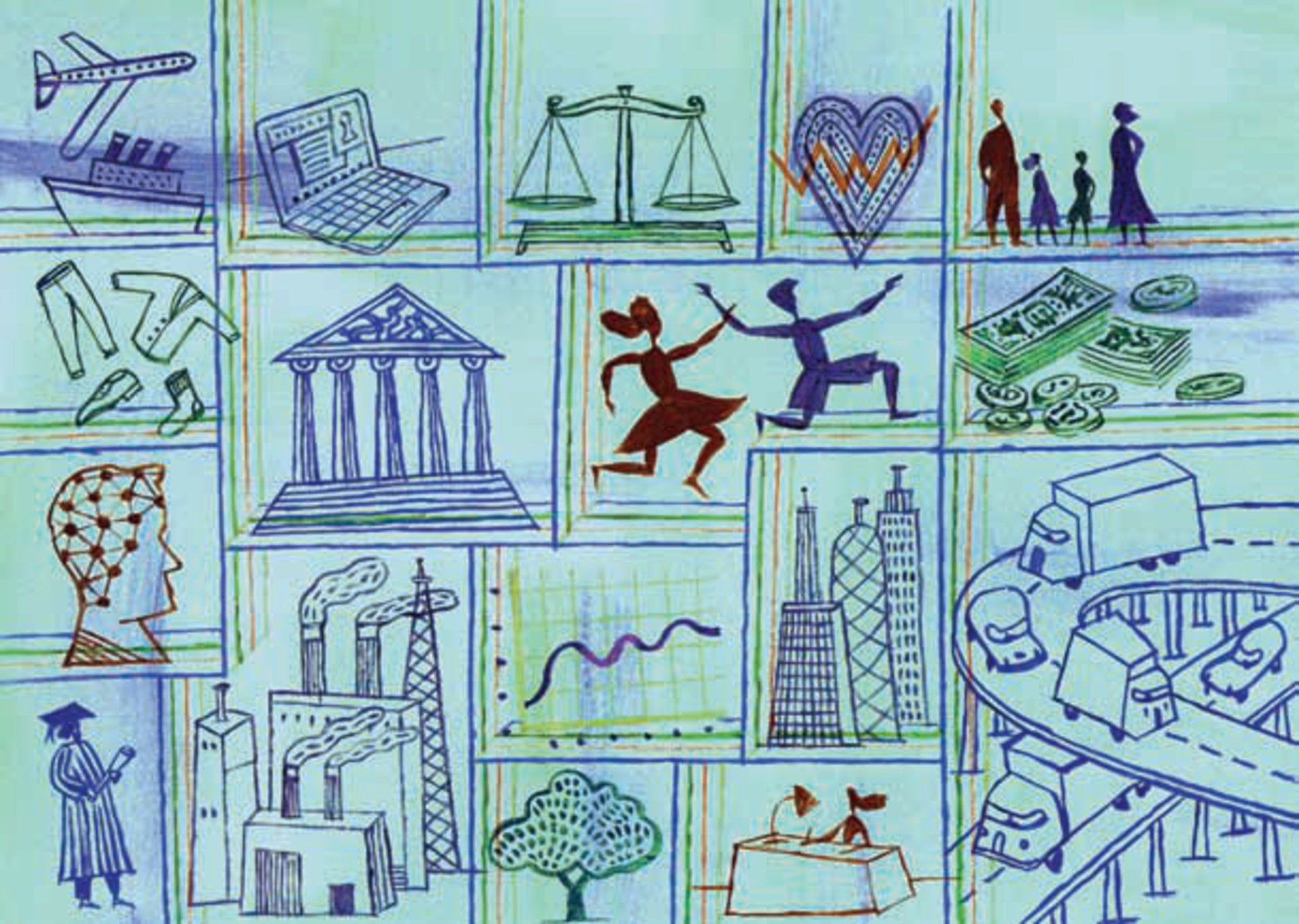The COVID-19 crisis has exacerbated pre-existing challenges for young people, while recovery measures are bringing questions of intergenerational justice to the forefront of the policy debate (OECD, 2020b). Youth representation in public institutions is critical to ensuring that public decisions take into account different perspectives, policy solutions benefit from a range of experiences and skills, and that policy outcomes are sustainable and responsive to all citizens’ interests, needs and specificities (OECD, 2020a). The active involvement of youth can also inspire others of the same age and help restore their trust in public institutions (OECD, 2020a).
Civic and citizenship education can be instrumental in familiarising youth with democratic processes and providing them with the necessary skills for active citizenship. Governments can engage young people through public consultations, participatory budgeting programmes, innovative deliberative processes, affiliating advisory youth councils to government or specific ministries (as happens in 53% of OECD countries), or through youth councils at national (in 78% of OECD countries) and sub-national levels (in 88% of OECD countries) (OECD, 2020a). However, youth participation and representation in public and political life remain limited.
Among the barriers to becoming elected officials faced by young people, a lack of time and funding to run a campaign is the issue most frequently raised, by 71% of the 65 youth organisations in OECD countries surveyed in the OECD Youth Governance Survey. Limited opportunities in political parties (51%), traditional stereotypes portraying them as inexperienced (47%) and minimum age requirements (22%) are also perceived as barriers (OECD, 2020a).
While democracy does not necessarily require institutions to mirror demographics, youth’s underrepresentation in parliament indicates the existence of norms, rules and regulations that hamper their participation to democratic processes. In 2020, on average across the OECD, 22% of members of parliaments (MPs) were under 40, ranging from 36% in Norway to 8% in France. In comparison, 20-39 year-olds represent 34% of the voting-age population on average across OECD countries, an average representation gap of more than 12 percentage points (p.p.). Wide differences exist among OECD countries: in Italy, Finland and Norway the share of young MPs is larger than the share of young people in the voting-age population (by 6 p.p. in Italy, 4 p.p. in Finland and 1 p.p. in Norway) but in all other OECD countries, the share of young MPs is lower. The largest representation gaps are found in Luxembourg (-26 p.p.), the United States (-25 p.p.) and Australia (-24 p.p.) (Figure 3.12). Some OECD countries have adopted youth quotas for national parliaments voluntarily by some party lists (such as in Lithuania, Mexico and Sweden).
Representation gaps are even more pronounced within countries’ political leadership. In 2018, the average age of cabinet members ranged from 45 years in Iceland to 62 years in Japan, with an OECD average of 53 years. The five youngest cabinets across OECD countries were in Iceland (45 years), Norway (46.2), Estonia (47.1), Denmark (47.4) and Finland (47.4) (Figure 3.13). In 2018, across the OECD, only 51 of the then-incumbent cabinet members were under 40 (8%) and only 20 were aged 35 or below (3%) (Figure 3.13).


